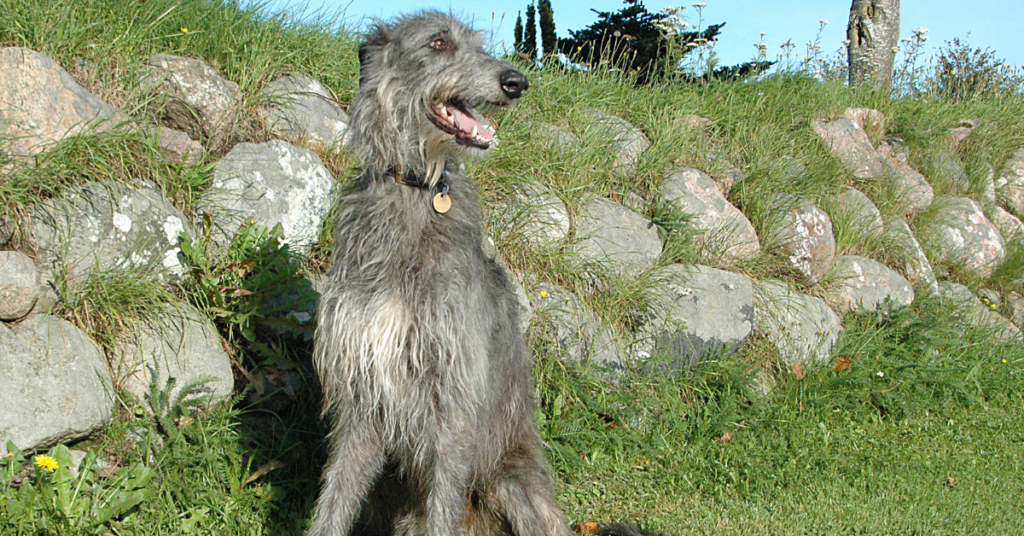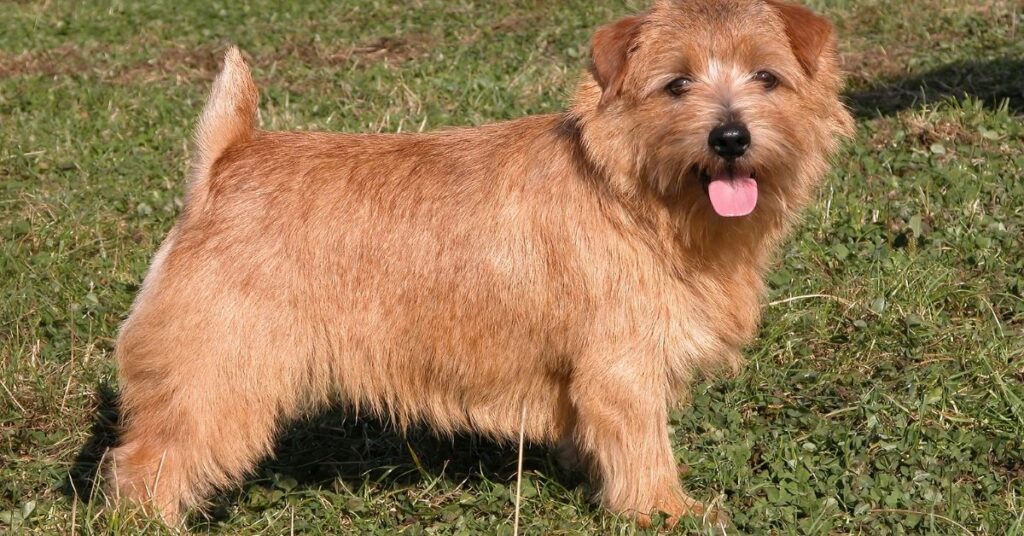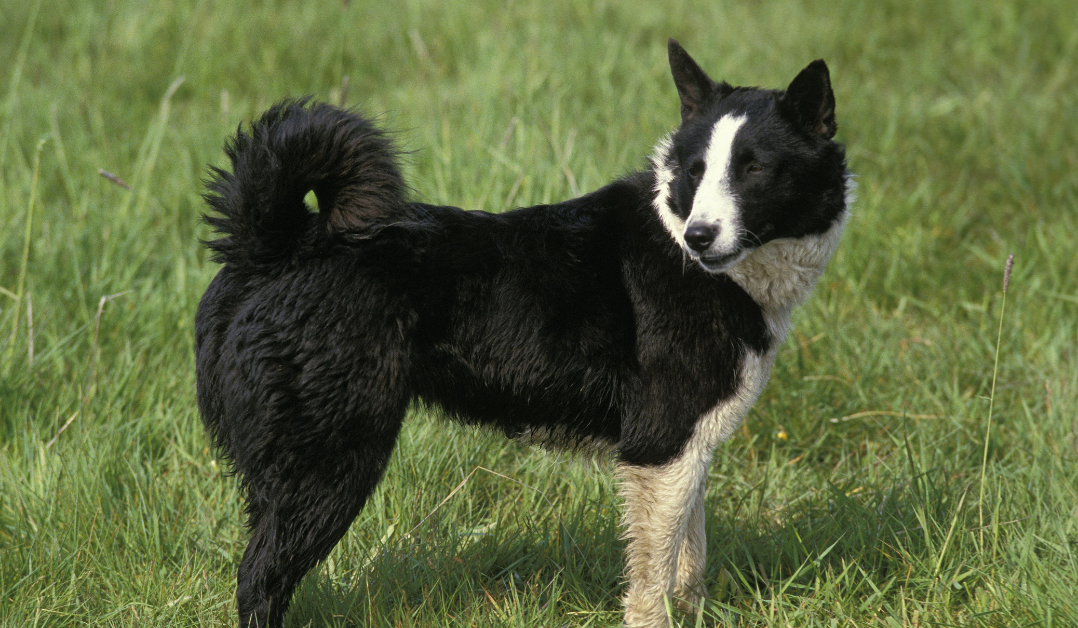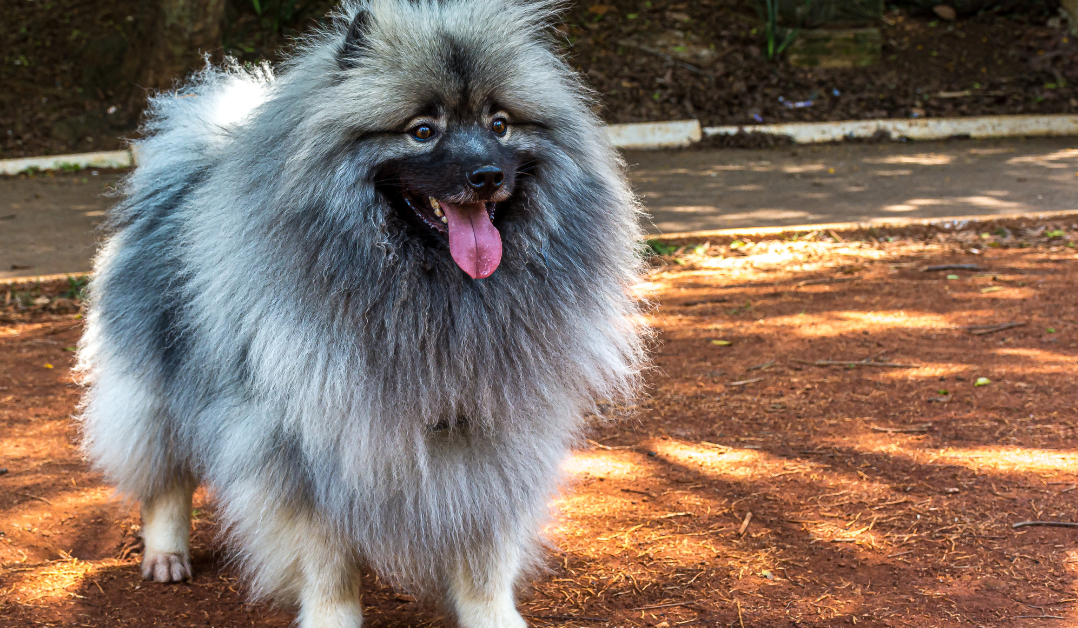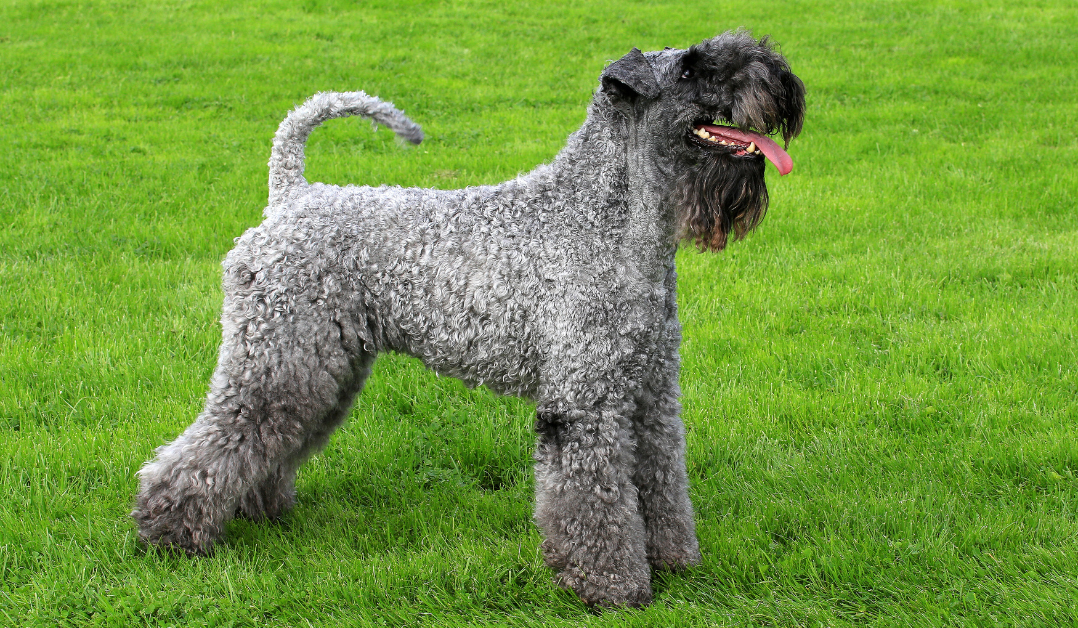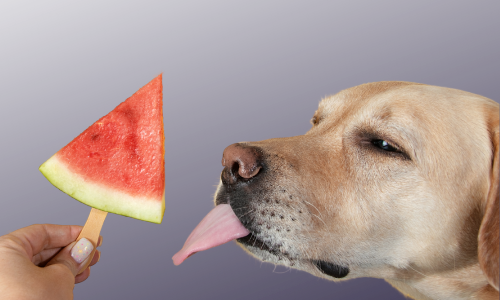The Scottish Deerhound is a large and elegant breed known for its grace, speed, and gentle nature. Originating from Scotland, this breed is valued for its hunting abilities, intelligence, and loyal temperament.
*Disclaimer: This Post May Contain Affiliate Links. This Means That I Receive A Small Commission At No Extra Cost To You Should You Click Through And Make A Purchase. Learn More On My Policy Page
Breed Characteristics
- Breed Category: Hound Group
- Size: Large
- Coat Length: Medium to long
- Shedding: Moderate
- Hypoallergenic: No
- Grooming Requirements: Moderate; regular brushing needed
- Life Span: 8-11 years
- Activity Level: Moderate to high
- Temperament/Personality: Gentle, friendly, loyal
- Intelligence: High
- Trainability: Moderate; responds well to consistent training
- Space Requirement: Large; needs ample space
- Compatibility with Children & Other Pets: Generally good, with proper socialization
- Health Issues: Prone to certain genetic conditions, such as hip dysplasia and bloat
- Nutrition Needs: High-quality diet with balanced nutrients
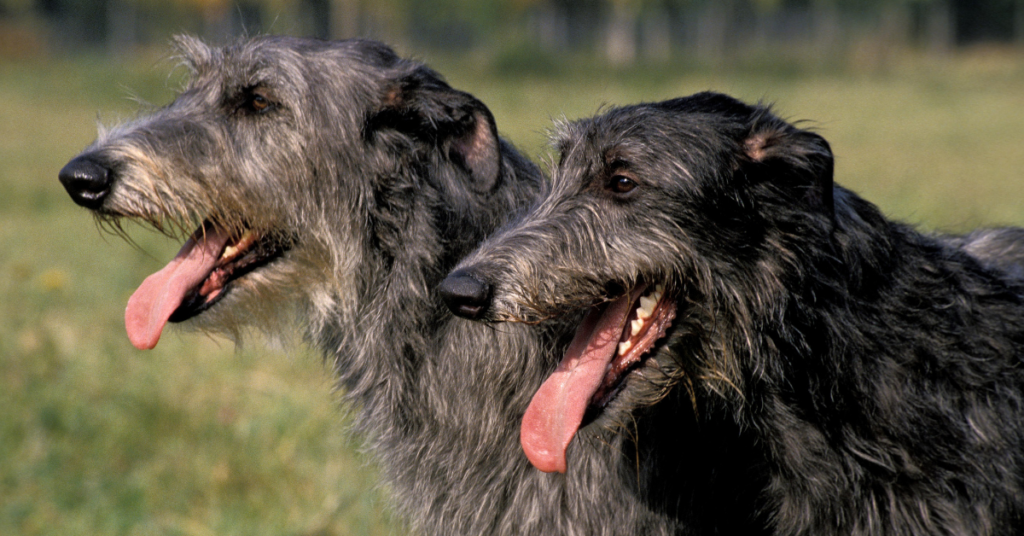
Origin and History
The Scottish Deerhound originated in Scotland, where it was developed as a hunting dog used for pursuing deer. The breed was prized for its speed, endurance, and ability to hunt in rugged terrain. Scottish Deerhounds were often used by the nobility for hunting large game, and their elegance and grace made them a favorite among royalty. Today, the breed is still appreciated for its hunting abilities but is also popular as a gentle and loyal family companion.
Appearance and Physical Characteristics
Scottish Deerhounds are large dogs, standing between 28 to 32 inches tall and weighing between 75 to 110 pounds. They are best known for their elegant, athletic build and distinctive coat, which is typically wiry and gray. The breed has a long, narrow head, strong legs, and a deep chest. Scottish Deerhounds are known for their grace and speed, as well as their gentle and friendly expression.
Temperament and Personality
Scottish Deerhounds are known for their gentle and friendly nature. They are highly loyal and affectionate with their families, making them excellent companions. The breed is also known for its calm demeanor and good-natured personality. Scottish Deerhounds are generally good with children and other pets, making them excellent family dogs. They have a strong protective instinct and may be wary of strangers, making early socialization and training important.
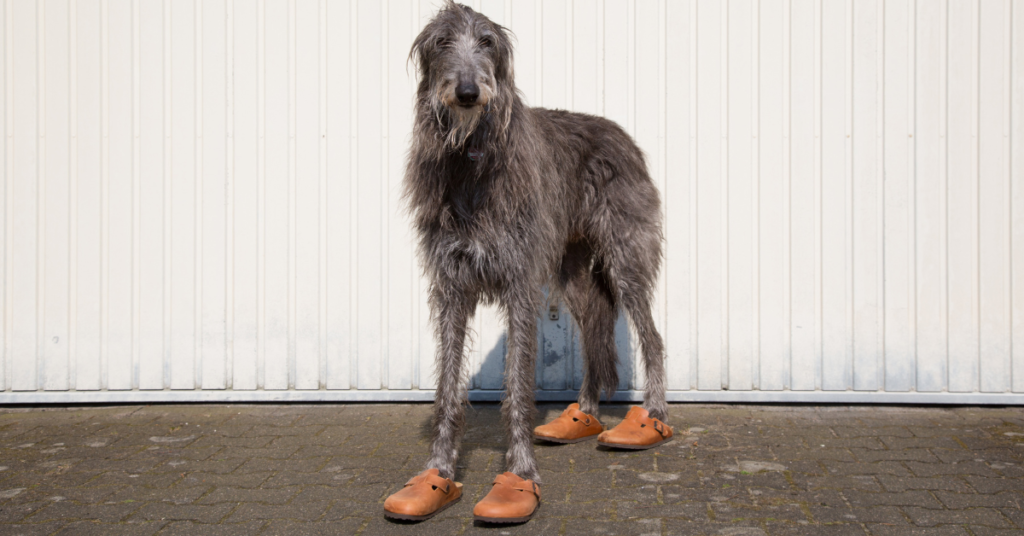
Intelligence and Trainability
The Scottish Deerhound is a highly intelligent breed that responds well to consistent, positive reinforcement training. They are quick learners but may have a somewhat independent streak. Early training and socialization are important to ensure they develop good behavior and obedience. The breed’s intelligence and gentle nature make them well-suited for various activities, including hunting and family companionship.
Compatibility with Children and Other Pets
Scottish Deerhounds are generally good with children and other pets, especially when properly socialized from a young age. Their gentle and friendly nature makes them excellent companions for families. The breed’s large size and calm demeanor mean they are generally patient and tolerant with children. Scottish Deerhounds can coexist peacefully with other dogs and pets, but supervision is recommended, especially in homes with smaller animals.
Health and Nutrition
Scottish Deerhounds are generally a healthy breed but can be prone to certain health issues, such as hip dysplasia and bloat. Regular veterinary check-ups, a balanced diet, and proper exercise are essential for maintaining their health. A high-quality diet that supports their large size and moderate activity level is recommended. Owners should be mindful of portion sizes and feeding schedules to prevent obesity and associated health issues.
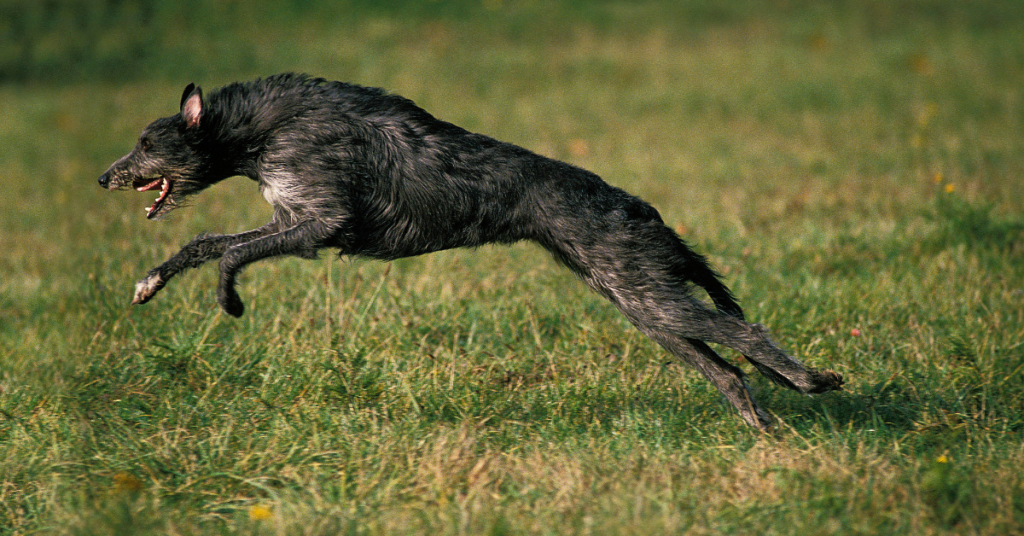
Exercise and Activity Level
Scottish Deerhounds have moderate to high exercise needs and require regular activity to stay healthy and happy. They enjoy activities such as running, hiking, and playing in the yard. The breed thrives in homes with ample space for physical activities and enjoys being outdoors. Scottish Deerhounds benefit from daily walks and opportunities to engage in mentally stimulating activities. Due to their large size, they should avoid intense exercise, especially in hot weather, to prevent overheating.
Grooming Needs
The grooming needs of Scottish Deerhounds are moderate due to their medium to long coat. Regular brushing is necessary to prevent mats and tangles and to manage shedding. Bathing should be done as needed, and routine grooming tasks such as dental care, ear cleaning, and nail trimming are important to prevent common health issues. The breed’s coat requires moderate maintenance compared to some other breeds.
Training and Socialization
Early training and socialization are crucial for Scottish Deerhounds. Positive reinforcement techniques work best, as they are sensitive to harsh training methods. Socializing them with various people, environments, and other animals helps them develop into well-rounded and confident adults. The breed’s gentle and friendly nature means that consistent and patient training is necessary.
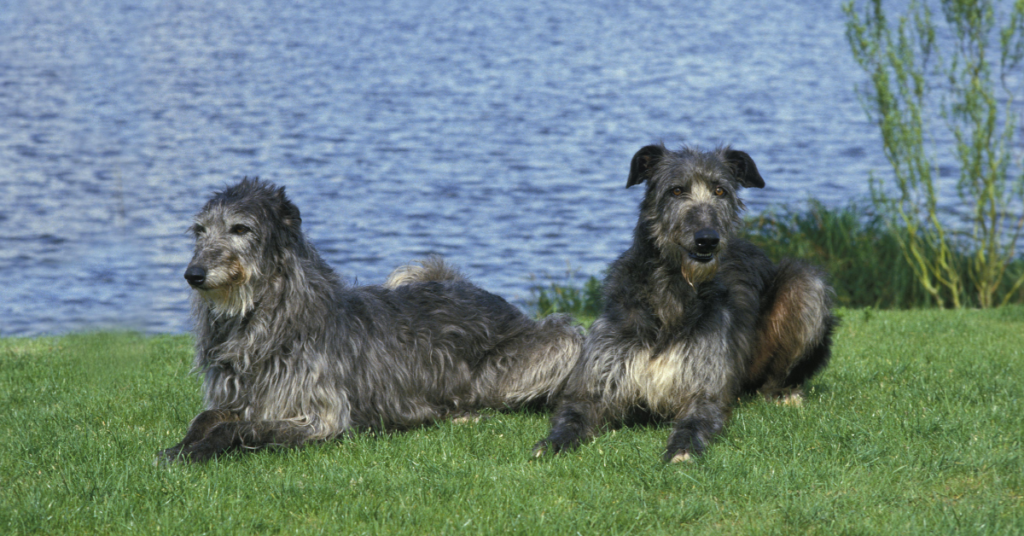
Famous Scottish Deerhounds
The Scottish Deerhound has gained recognition in various historical and cultural contexts, including appearances in literature and royal courts. The breed’s distinctive appearance and gentle personality have earned it a reputation as a noble and loyal companion.
Conclusion
The Scottish Deerhound is a gentle, friendly, and loyal breed that makes an excellent companion for families. With proper training, socialization, and care, a Scottish Deerhound can be a devoted and graceful member of the family.


